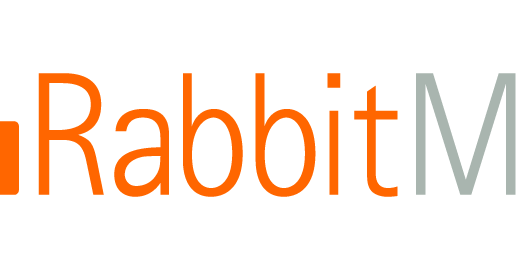In the dynamic landscape of modern web development, the ability to manage HTTP requests and responses is paramount. Imagine if you could not only manage but also enhance these interactions, injecting versatility, security, and performance optimizations effortlessly. Enter HTTP client interceptors in the world of Micronaut—a game-changing feature that takes your HTTP client capabilities to the next level.
In this blog, we’re going to dive deep into the realm of HTTP client interceptors within Micronaut, unveiling what they are, how they function, and why they are indispensable for contemporary web application development.
Understanding the Essence of Micronaut HTTP Client Interceptors
Micronaut HTTP client interceptors serve as intermediaries between your Micronaut application and the HTTP client. They empower you to intercept, examine, and manipulate HTTP requests and responses as they flow through the client, offering a level of control and adaptability that can revolutionize your application’s networking capabilities.
Key Advantages of Micronaut HTTP Client Interceptors
1. Request and Response Customization: Interceptors empower you to tweak HTTP requests and responses before they leave your application or after they return from the server. This flexibility is invaluable for adding custom headers, authentication tokens, or modifying data payloads as needed.
2. Logging and Monitoring: Comprehensive logging of HTTP interactions becomes effortless with interceptors. You can capture intricate details of requests and responses, including headers, status codes, and content, facilitating robust debugging, monitoring, and troubleshooting.3
3. Caching and Performance Optimization: Interceptors enable sophisticated caching strategies. By intercepting responses, you can make informed decisions on when to cache data locally and when to fetch fresh content from the server, improving application performance significantly.
4. Error Handling: Centralize error-handling logic within interceptors. Intercept error responses from the server and trigger appropriate actions within your application, such as displaying user-friendly error messages or orchestrating retries for failed requests.
Demystifying the Code
package com.api.common.config
import io.micronaut.context.annotation.Value
import io.micronaut.http.HttpResponse
import io.micronaut.http.MutableHttpRequest
import io.micronaut.http.annotation.Filter
import io.micronaut.http.filter.ClientFilterChain
import io.micronaut.http.filter.HttpClientFilter
import org.reactivestreams.Publisher
@Filter("/**")
class HttpRequestFilter : HttpClientFilter {
override fun doFilter(request: MutableHttpRequest<*>?, chain: ClientFilterChain?): Publisher<out HttpResponse<*>>? {
request?.header("token", identifier)
return chain?.proceed(request)
}
}@FilterAnnotation: The@Filterannotation marks this class as an HTTP client filter. It specifies the URL pattern"/**", meaning this filter will be applied to all outgoing requests in your application.doFilterMethod: The heart of this HTTP client filter is thedoFiltermethod. This method gets invoked for every outgoing HTTP request. Here we are customising the request adding headers to the request.
Conclusion
Micronaut HTTP client interceptors are a potent tool for web developers, offering advanced control, flexibility, and security when managing HTTP requests and responses. By mastering interceptors, you can optimize your Micronaut applications, streamline authentication and authorization, and construct robust error-handling mechanisms. As you venture further into the realm of web development with Micronaut, do not overlook the profound impact that interceptors can have on your projects. They may very well be the secret ingredient that propels your applications to new heights of performance and reliability.
